Silver and gold paved the way for Nevada's statehood, putting the scarcely populated western desert territory on the rapidly expanding U.S. map. Now, Nevada is making its mark on a much larger topographical diagram—the global lithium deposit map.
The discovery of these two precious metals drew thousands of prospectors who built an industry that has produced nearly 15,000 metric tons of gold and silver over the last 175 years, with an estimated modern-day value of almost $90 billion. Lithium mining production has the potential to surpass those numbers – and in far fewer years.
World Production
In 2021, the U.S. share of world lithium production had fallen to just 1%, down from 37% in 1995, according to a 2022 Statistical Review of World Energy. The U.S. ranks seventh among global producers, contributing a mere 900 metric tons compared to Australia's 55,416 metric tons. Presently, Australia is the largest producer of lithium, accounting for over 50% of the world's supply, with Chile and China following closely behind. However, that may be about to change.
Lithium has been making headlines in recent years, particularly as the push for green energy expands. Lithium plays a crucial role in lithium-ion (Li-ion) and lithium-polymer (LiPo) batteries, which are used in various applications due to their high energy density, long lifespan, and lightweight characteristics. These batteries are essential for commercial electronics like smartphones, tablets, and computers.
On a larger scale, lithium batteries are used in electric vehicles (EVs) and are increasingly important for renewable energy storage, such as in systems used for solar and wind power.
Mine Locations
Silver Peak: The only active lithium mine in the U.S. is Albemarle's Silver Peak mine, which has been in operation since 1967. Located in Esmeralda County's Clayton Valley, Silver Peak is a lithium brine mine that produces lithium carbonate from evaporation ponds that concentrate the lithium. Lithium was first discovered in the early 1900s in Clayton Valley during exploratory water drilling, but the commercial value of lithium wasn't fully recognized at the time.
Thacker Pass: Thacker Pass, a highly controversial proposed lithium mine site in Humboldt County near the Oregon border, is situated at the southern end of the McDermitt Caldera. It is estimated to contain up to 40 million metric tons of minerals. This discovery resulted from the U.S. Geological Survey's exploration of the McDermitt Caldera in the late 1970s. Experts anticipate this Nevada lithium mine could be more extensive than anything previously found worldwide. The project received a Record of Decision in January 2021 from the U.S. Department of the Interior Bureau of Land Management (BLM). Construction began in early March 2023.
Rhyolite Ridge: Located in Nye County near Tonopah, the Rhyolite Ridge project is a significant lithium-boron mining initiative led by the Australian mining company Ioneer Ltd. This project is considered one of the most promising lithium projects in the United States due to its substantial reserves. Ioneer has completed a definitive feasibility study (DFS) confirming the project's technical and economic viability. Early estimates suggest the mine could have a lifespan of over 30 years, with an annual production capacity of about 22,000 metric tons of lithium carbonate and 174,000 metric tons of boric acid—though those numbers are steadily rising.
Ioneer’s project has attracted attention due to its potential environmental impact, particularly on local plant species, including Tiehm's buckwheat, a rare plant that grows exclusively in the area. As a result, the project faces opposition from the Center for Biological Diversity. Ioneer has been working with federal and state agencies, including the U.S. Bureau of Land Management (BLM) and the U.S. Fish and Wildlife Service, to address environmental concerns. The company has proposed conservation measures to protect the Tiehm's buckwheat and mitigate the project's environmental impact. A permitting decision from BLM is expected in October.
Bonnie Claire: Nevada Lithium's Bonnie Claire project focuses on sediment-hosted lithium. This project covers an 18,300-acre land package believed to contain an estimated 18.37 million metric tons of lithium carbonate. This project area, 1.25 times the size of Manhattan, is projected to produce 13.37 metric tons of battery-grade lithium carbonate equivalent (LCE). It is said to be the world's third-largest lithium and hard rock deposit.
Daisy Creek: Another notable lithium site in Nevada is the Daisy Creek Lithium project in Lander County, controlled by GMV Minerals Inc. It comprises 1,379 hectares of claims covering younger sedimentary rocks within the collapsed caldera. In August 2023, GMV Minerals staked 83 lode claims adjacent to the project's current land position.
These projects, along with several others, are on the horizon. According to the U.S. Geological Survey, as of July 1, there are an estimated 22,866 active, filed, and submitted placer claims in Nevada for lithium or lithium brine across 18 different hydrographic basins.
The economic impact on Nevada's rural communities and the state is likely to be profound. However, there is no shortage of obstacles and potential ramifications ahead as the country powers toward its green energy goals.
Stay tuned for the next installment of Nevada's White Gold Rush series on lithium in the Silver State:


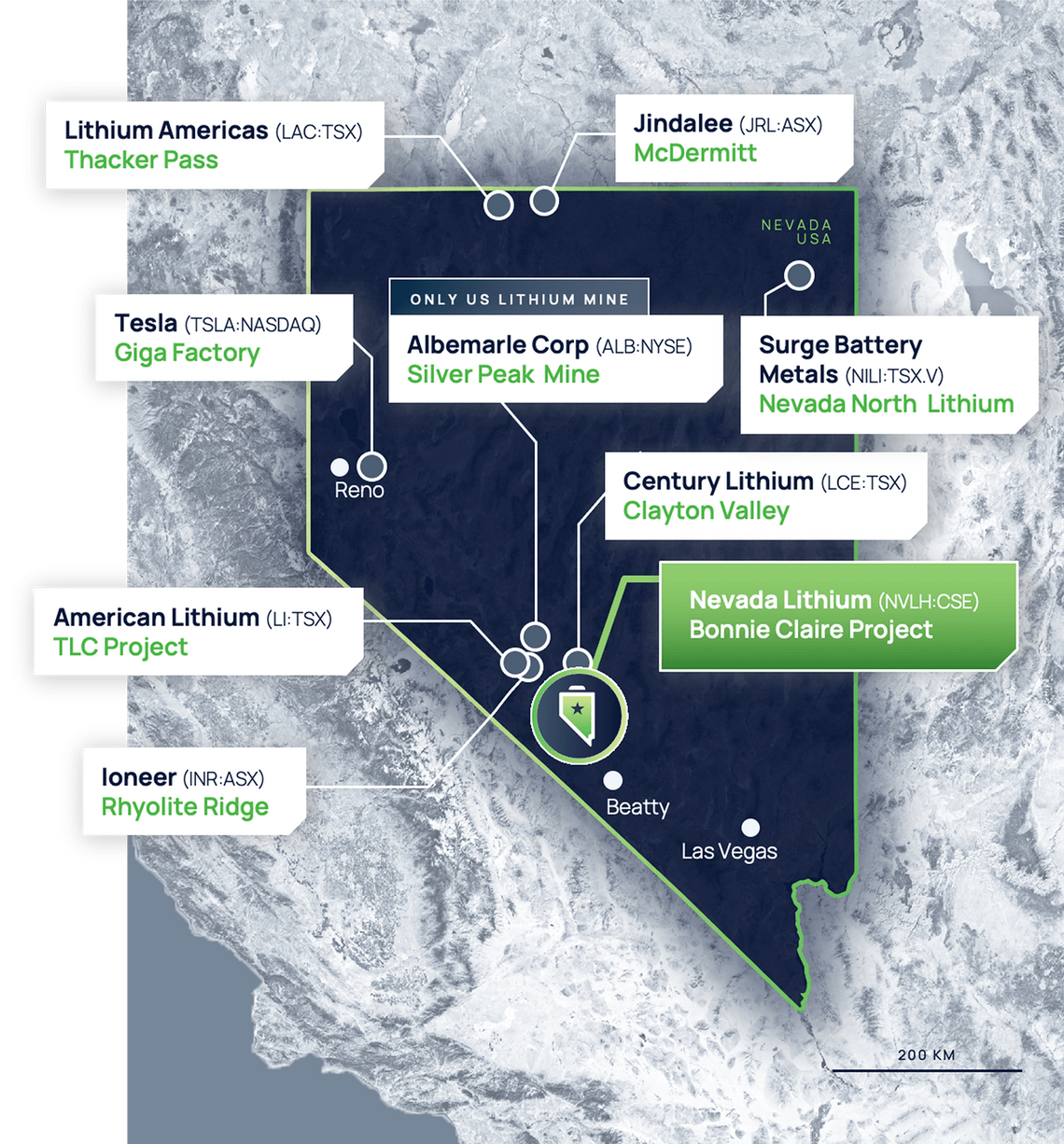




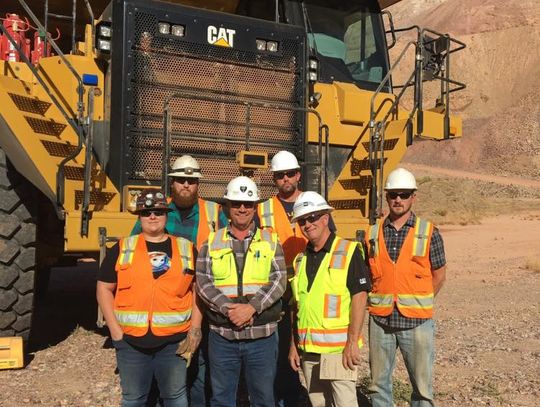
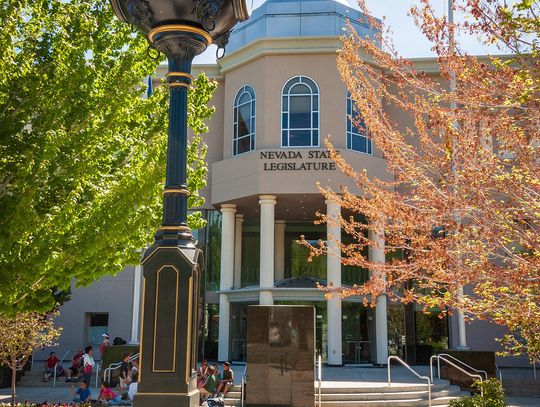
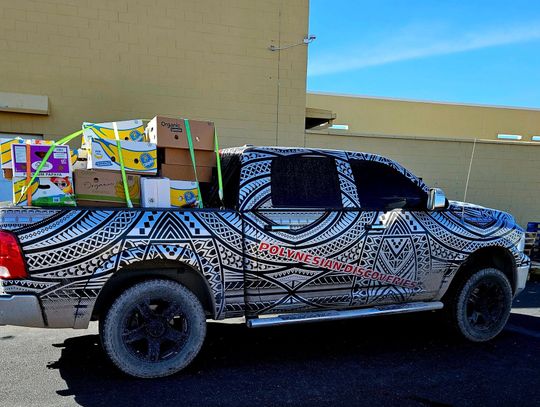
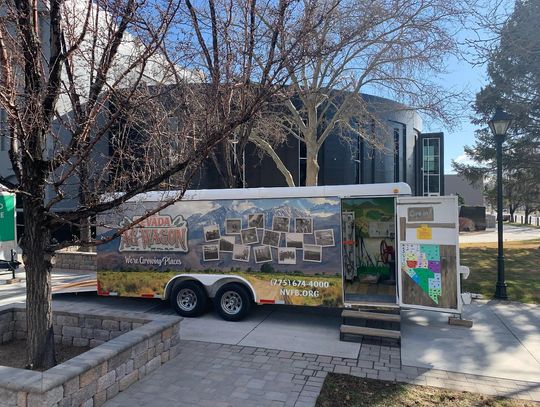
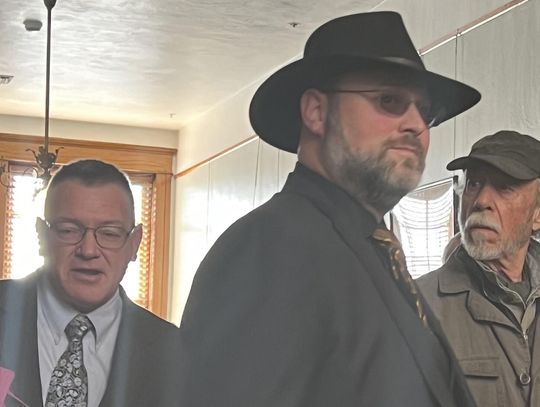

Comment
Comments